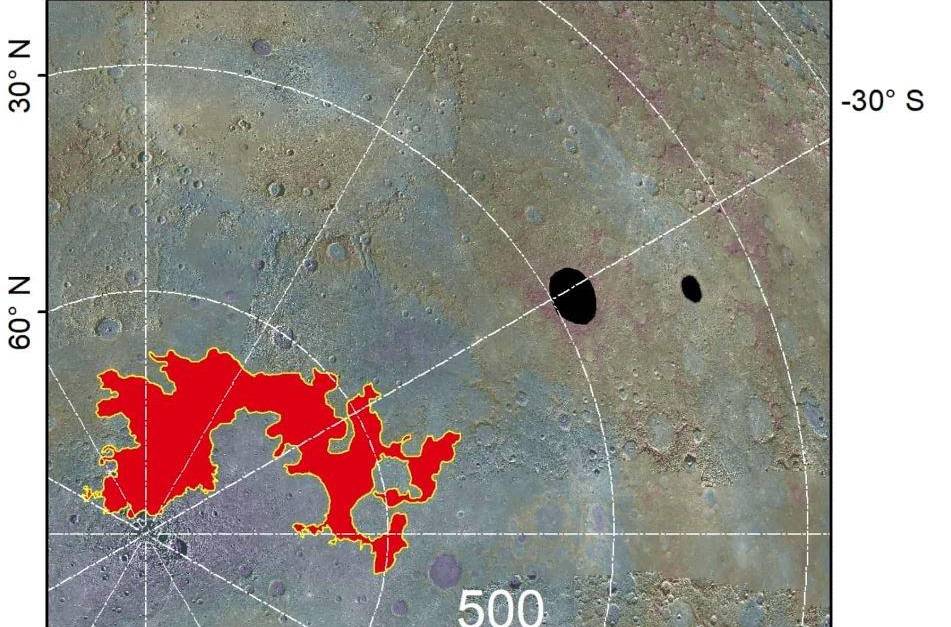01/24/2024
Scientists at the Planetary Science Institute (PSI) have discovered evidence of possible salt glaciers on the planet Mercury, opening a new frontier in astronomy.
TO KNOW MORE: They built the world’s smallest microrobot, it’s the size of a mosquito
The discovery reveals a potentially unstable environment that may reflect habitable conditions found at extreme locations on Earth.
“Our finding mirrors other recent research Pluto has nitrogen glaciers, Which means that the occurrence of glaciation extends from the hottest to the coldest of our solar system. These locations are so important because they identify volatile-rich risks across the vastness of many planetary landscapes, Alexis Rodriguez, lead author of a paper published in The Planetary Science Journal, said in a statement.
“These glaciers on Mercury are different from Earth’s glaciers, arise from volatile-rich layers (VRL) Deeply buried and exposed by the asteroid impact. “Our models strongly confirm that salt flow formed these glaciers and that they maintained instability for more than a billion years after their emplacement,” said co-author Brian Travis.
“Special salt compounds on Earth make them habitable even in some of the most hostile environments where they are found, such as the arid Atacama Desert in Chile. This line of thinking leads us to consider the possibility that there are underground regions on Mercury that may be more hospitable than its harsh surface. These regions could potentially act as depth-dependent ‘Goldilocks zones’, analogous to the region around a star where the existence of liquid water on a planet could enable life as we know it, But in this case, the focus “is focused on the correct depth beneath the planet’s surface rather than the correct distance from a star,” Rodriguez said.
He said, “This unprecedented discovery of Mercury’s glaciers expands our understanding of the environmental parameters that can support life, adding an important dimension to our exploration of the astrobiosphere that supports the potential habitability of exoplanets like Mercury.” is also relevant to the ability to

